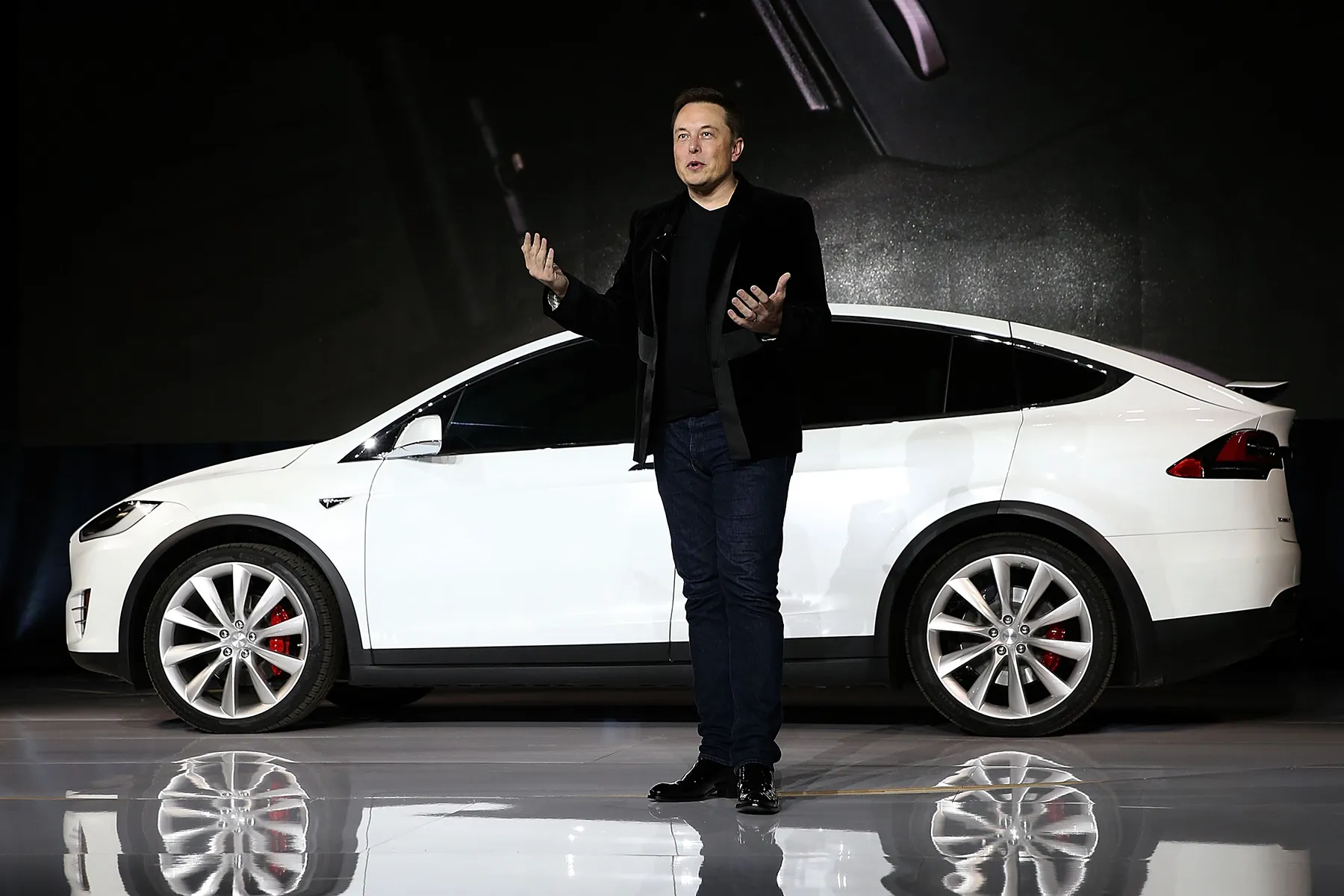
Elon Musk, Tesla’s CEO, recently announced that the Company will unveil its much-anticipated robotaxi on August 8. This statement comes amid swirling rumors and previous speculations about the company’s direction and product focus.
This announcement, posted by Musk on X (the social network he owns), comes after the controversies concerning the company’s future product plans. Musk refuted claims made by Reuters about Tesla abandoning its plans for a $25,000 low-cost electric vehicle (EV) in favor of this new robotaxi initiative.
The controversy began when Reuters, citing three anonymous sources and internal documents, reported that Tesla was pivoting away from its earlier intention to produce a more affordable EV. Instead, the focus would shift towards developing a robotaxi.
This robotaxi, according to the report, would be built on the same platform initially intended for the more economical vehicle. Musk countered these reports on X, alleging that Reuters was “lying,” although he did not provide evidence to back up his claims or dispute the specifics of the Reuters report.
Why is Tesla Focusing on Robotaxis Now?
Tesla’s move towards a robotaxi comes at a time when the company is experiencing a dip in EV sales and a reduction in profits, sparking a search for a new product that could rejuvenate sales or, at the very least, boost the company’s stock price. This shift appears to reflect a broader strategy by Musk and Tesla to prioritize autonomous vehicle technology over more traditional, lower-cost EVs.
For years, the development of autonomous Teslas has been a prominent theme in Musk’s vision for the future of transportation. Elon Musk’s notable promises regarding Tesla’s autonomous capabilities:
- 2016: Musk claimed Tesla would drive itself across the country by the end of 2017.
- Outcome: This did not happen.
- 2019: Announced plans to launch the company’s first robotaxis as part of a broader vision for an autonomous ride-sharing network in 2020.
- Outcome: This also did not materialize.
Despite these unmet promises, Tesla has continued to advance its autonomous driving technology. Tesla’s vehicles are equipped with Autopilot, a driver-assistance system, and offer an additional “full self-driving” (FSD) feature for $12,000. Despite its name, FSD does not render Tesla vehicles fully autonomous. Instead, it provides a suite of advanced driving features while still requiring driver oversight, such as the Summon parking feature and Navigate on Autopilot, which assists in highway navigation, including lane changes.
The narrative of Tesla’s push towards autonomy also includes Musk’s teasing of the “Tesla Network”, a concept where Tesla owners could add their vehicles to a shared fleet, potentially earning income through autonomous ride-sharing services.
This concept aligns with Musk’s grander visions of a future dominated by autonomous vehicles, a vision he reiterated with claims that over a million Teslas on the road would be equipped with FSD hardware by mid-2019, allowing drivers the luxury of sleeping while the car drives itself. However, it’s crucial to note that despite the advancements in Tesla’s Autopilot and FSD technologies, the vehicles remain non-autonomous and require driver attention at all times.
Critics of Musk and Tesla argue that the company’s aggressive promotion of its autonomous driving capabilities often overshadows the technology’s current limitations, occasionally with tragic outcomes.
Several accidents involving Teslas using Autopilot and FSD have resulted in fatalities, leading to wrongful death lawsuits and government investigations into Tesla’s claims about its self-driving technology.
With the announcement of the Tesla robotaxi unveiling in August, Musk continues to steer the company towards a future centered around autonomous driving innovations.
Related News:
Featured Image courtesy of Justin Sullivan/Getty Images
